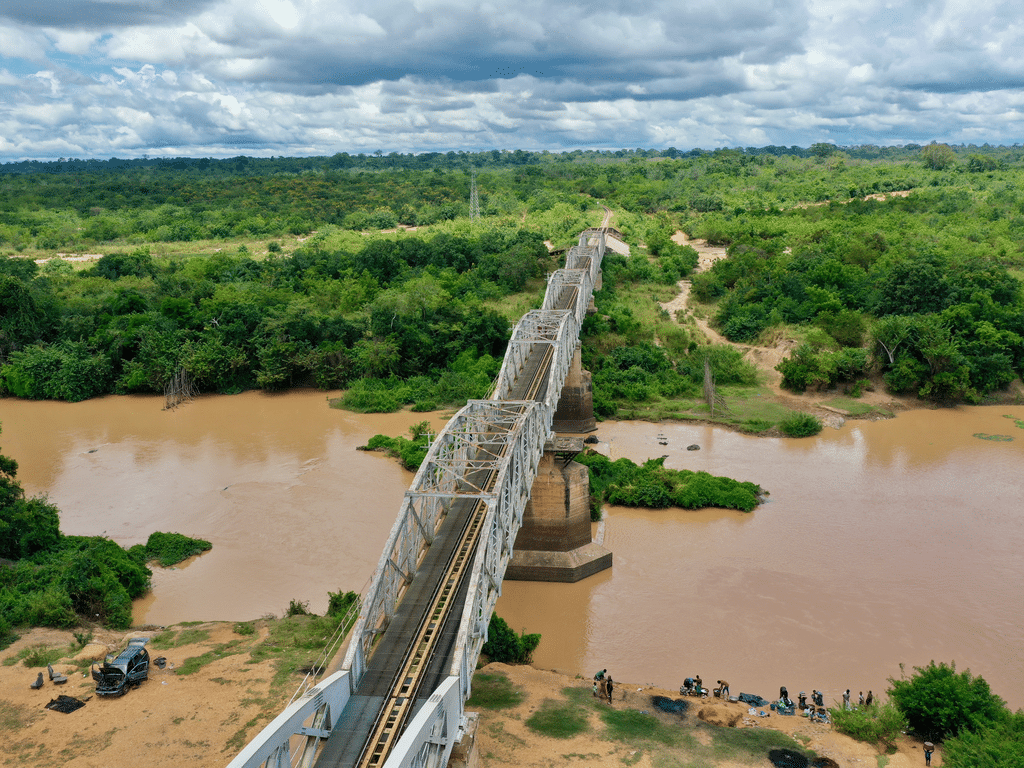“The aim is to gain a better understanding of the functioning of its hydrological network”. This will soon be possible in the Bélier region of Ivory Coast. The French non-governmental organisation (NGO) Corail (Codéveloppement Rhône Alpes International), in partnership with the Ivorian Ministry of Hydraulics, is piloting a project to build three telemetry stations in the Bélier region.
The Auvergne-Rhône-Alpes region (France), which initiated the project, is financing the work to the tune of 410,435 euros. The construction of the telemetry stations was entrusted to four companies: two from the Auvergne-Rhône-Alpes region (Semeru and Paratronic) and the Ivorian construction companies Ciber and Siemi.
Preventing floods and drought
The future telemetry stations will make it possible to monitor the flow and level of rivers in the Bélier region, located in central Ivory Coast. The installations will be equipped with radar probes, water level gauges, rain gauges, integrators, solar panels, a supervision centre and ADCP-type gauging equipment. The stations will also be equipped with a central supervision station in the premises of the General Directorate of Hydraulics (DGH) as well as an operating terminal in the premises of the Regional Council of Bélier (CRB).
All these facilities should enable the sustainable and integrated management of water resources in the Bélier region, in a context marked by climate change. The phenomenon is at the origin of drought and floods in Ivory Coast. In 2018, heavy rains caused the death of 20 people in the country, as well as the loss of 27 million euros. In 2020, heavy rains did not spare Ivory Coast. According to the Ivorian government, on June 21st, 2020, 721 households were affected, i.e. 3,605 people, 9 injured and 19 dead. The initiative of the Rhône-Alpes region in Ivory Coast aims to prevent similar situations.
Capacity building
The future telemetry stations will be the first of their kind built in Côte d’Ivoire. Capacity building sessions are also planned to equip Ivorian water sector personnel to use this technology. The water resources monitoring project could be extended to other regions of Côte d’Ivoire.
Inès Magoum
